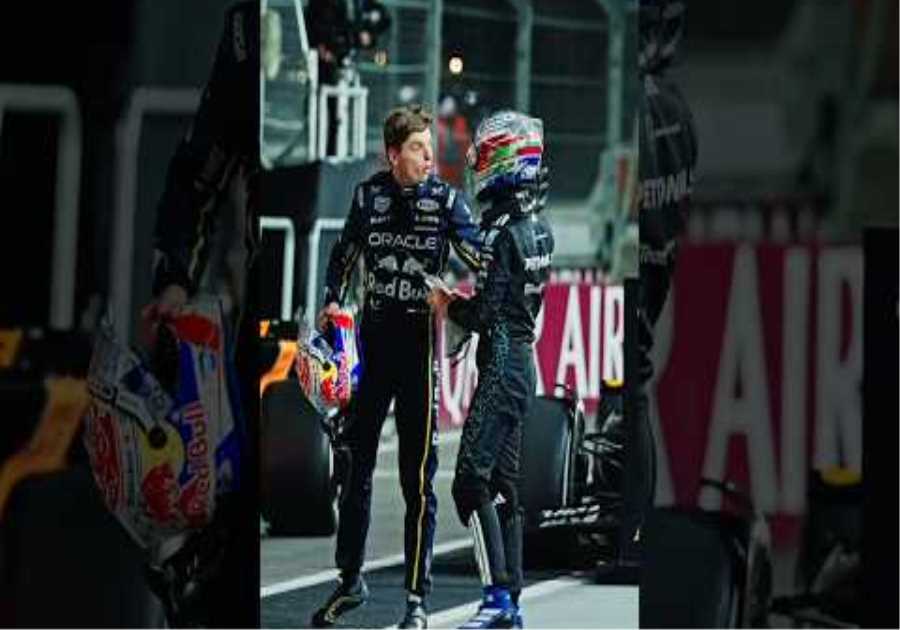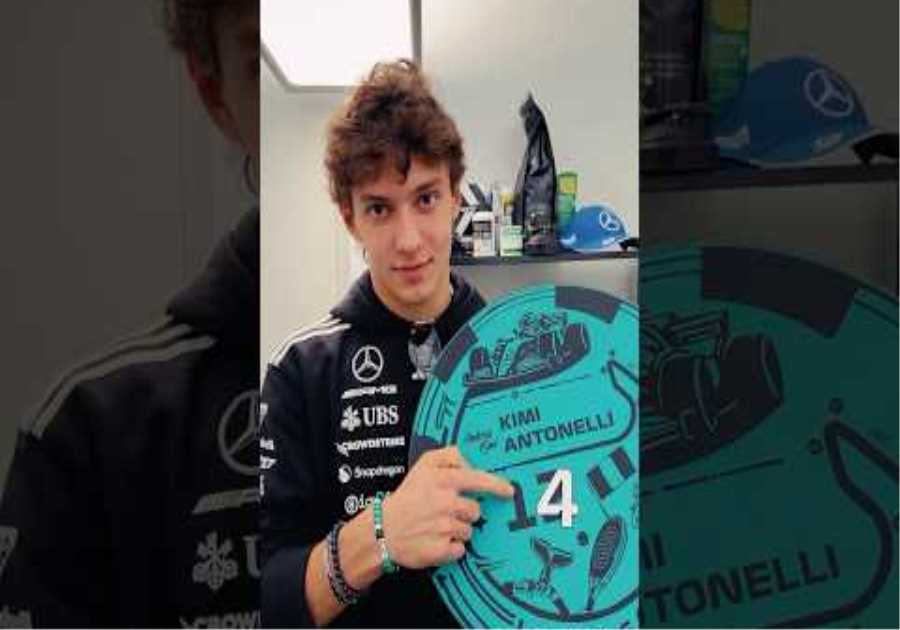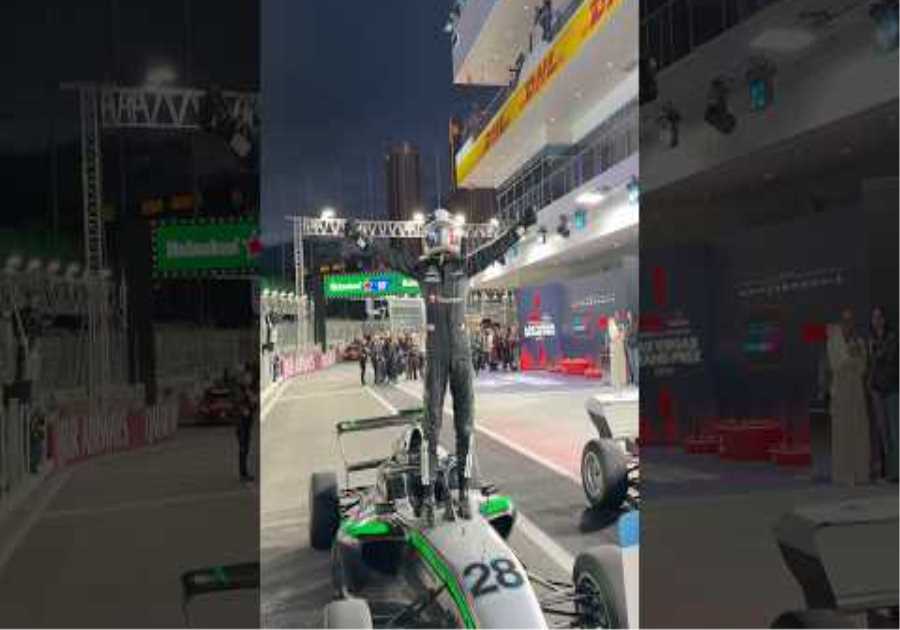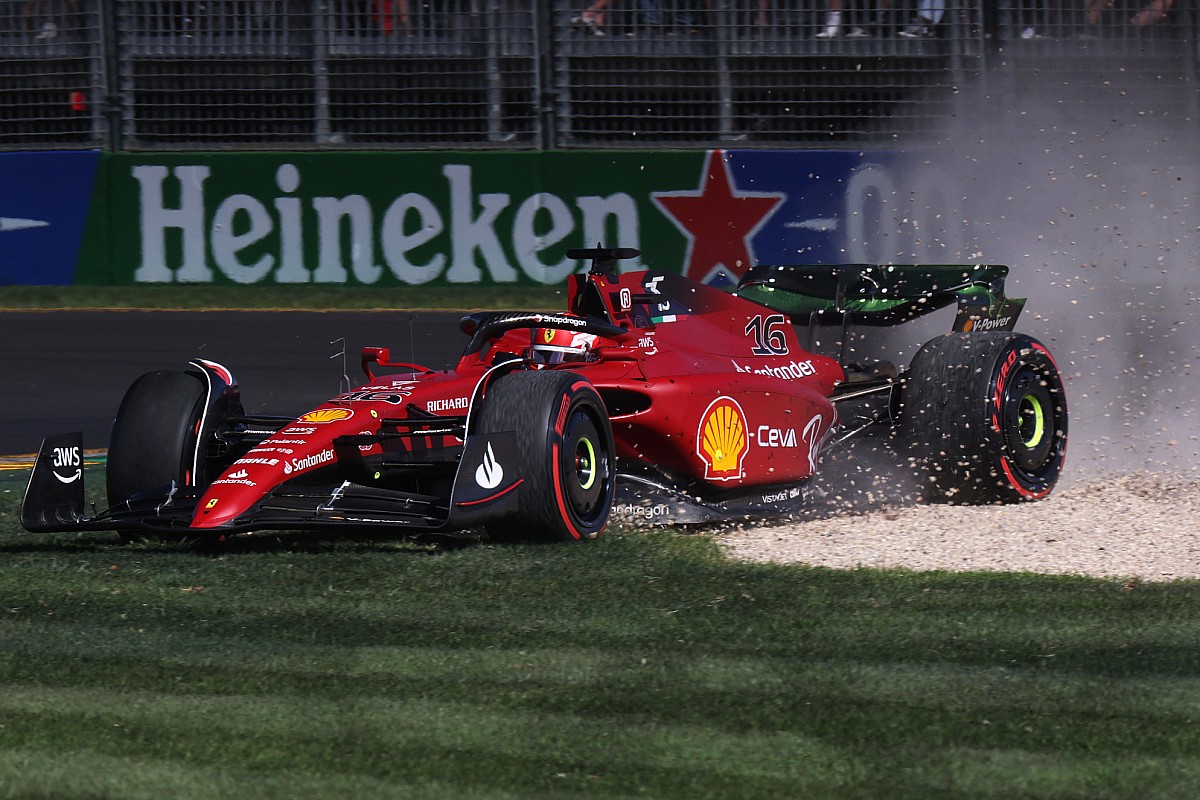
The new generation of ground effect machinery has produced a number of surprises this year, and teams have sometimes found themselves on the back foot at race weekends where they expected to do much better.
But there has also been a flip side to that too, in that sometimes teams find their performance far exceeds what they had anticipated.
Ferrari has been chasing answers for that exact situation this year, with it having recently struggled so much at Spa-Francorchamps but then been much stronger in Monza – despite both tracks requiring low downforce and good aero efficiency.
Jock Clear, who is the team’s senior performance engineer, confesses that even his squad’s best engineers have no full explanation for why there has been such varied performance.
“Honestly, if we really knew those things, we’d have the golden bullet,” he said. “It’s really tricky to work these things out.
“You talk to teams that are finding really good performance at a race, and you talk to teams that dropped back, and there is a real mystery to unraveling all of it. That’s why this job isn’t simple, and that’s why it’s so intriguing for all of you guys [the media] and all of us guys.”
Charles Leclerc, Ferrari F1-75, leads at the start
Photo by: Alessio Morgese
While accepting that it cannot fully explain why Spa was so difficult and Monza was better, Clear says that, as teams gain more experience with the cars, they are beginning to unlock a much better understanding of what is happening.
“Honestly, we don’t know all the answers, and we still don’t understand exactly what went on in Spa,” he said. “We have some ideas, and we’ve obviously acted on those.
“We’ve come to Monza, a similarly low downforce circuit like Spa, though different, and we feel that it looks like we’ve understood some of what went on at Spa.
“It may turn out later in the year that we find out some more things, but we’re continually learning.
“None of us know all of the details, because it’s a relative sport, and all the time it’s a relative sport, and you don’t know what everyone else is doing, there’s a load of areas where you have to take your best guess almost.”
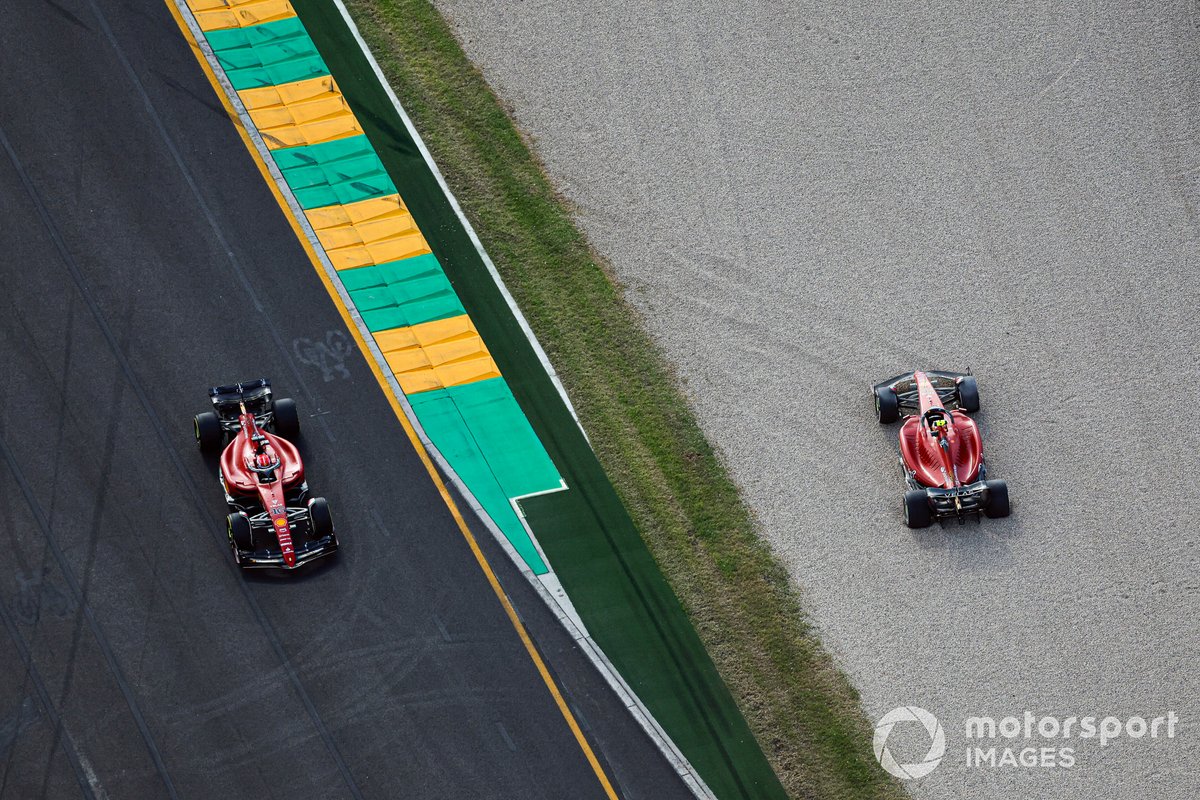
Charles Leclerc, Ferrari F1-75, passes the beached car of Carlos Sainz Jr., Ferrari F1-75
Photo by: Andy Hone / Motorsport Images
Clearly does not think that the new generation of ground effect cars are especially tricky to understand, but he believes the fact that the rules are in their infancy means teams have a long way to go before they can understand them fully.
“I think it’s just because they’re so new,” added Clear. “There’s always going to be a steep learning curve with a new development or a new set of rules, and everyone is on that steep learning curve.
“We saw that in the beginning of the year. A lot of people were saying [to us]: ‘Why is your car so early in the year?’ It’s a relative sport.
“Maybe we arrived just understanding it a bit better and some people were just finding out where their cars were.
“That was the great thing about coming into a year with a new regulation. There’s obviously the high performance aspect of your car package, but there’s also coming to understand that car, and the drivers’ understanding of how to drive it.
“With drivers of Max’s [Verstappen] quality, Charles’ [Leclerc] quality, Carlos’ [Sainz] quality, you expect those guys to be on it straight away. They’re human, and they’re working on their talent every day, and they’ve improved during the year. Maybe they’ve understood more.
“All of that comes together at different rates and different times, and in different teams. When it’s a relative sport, you can’t really know all the answers.”

